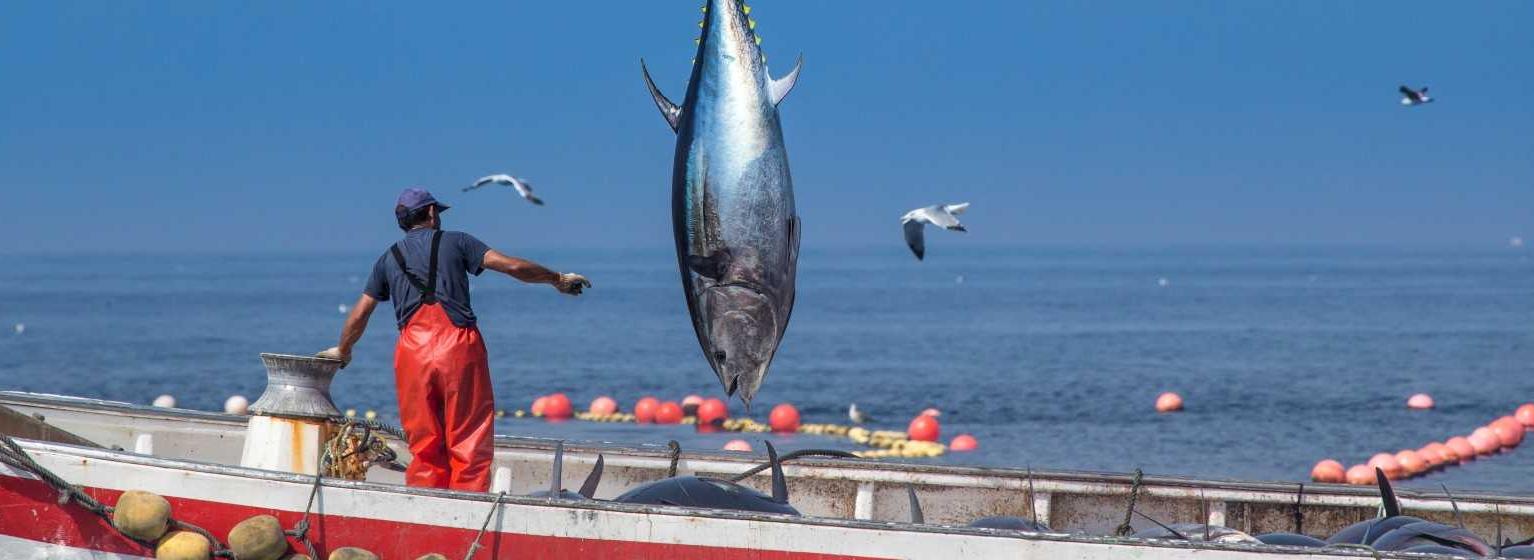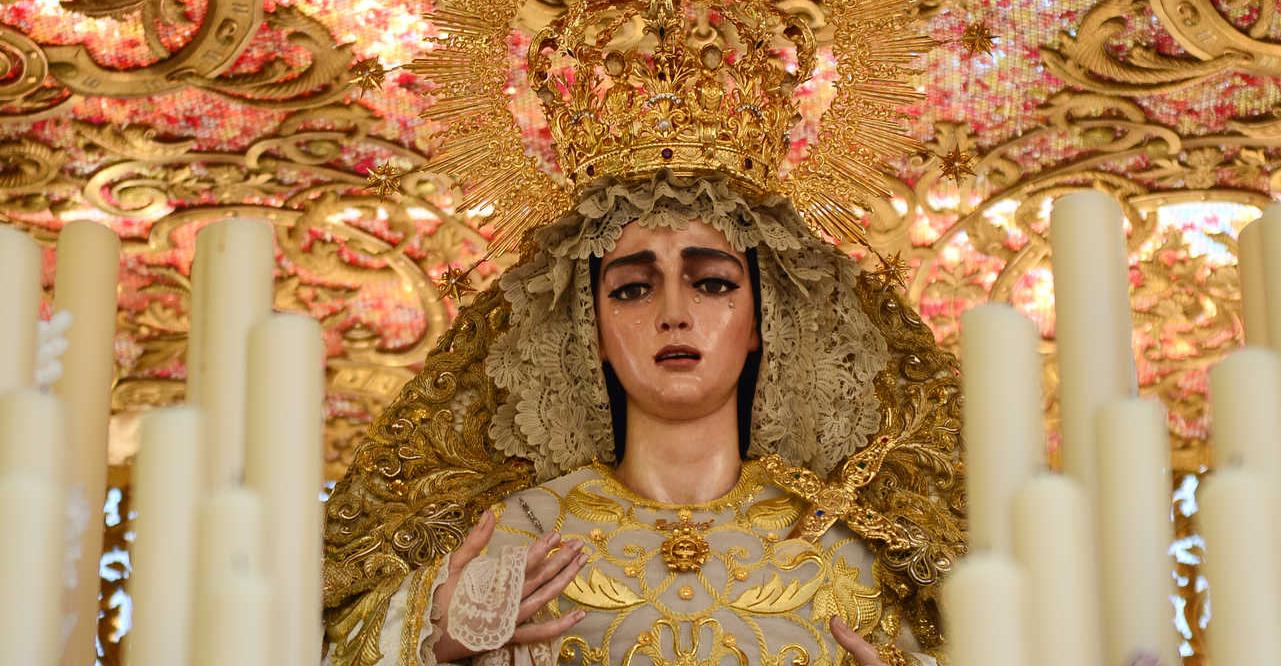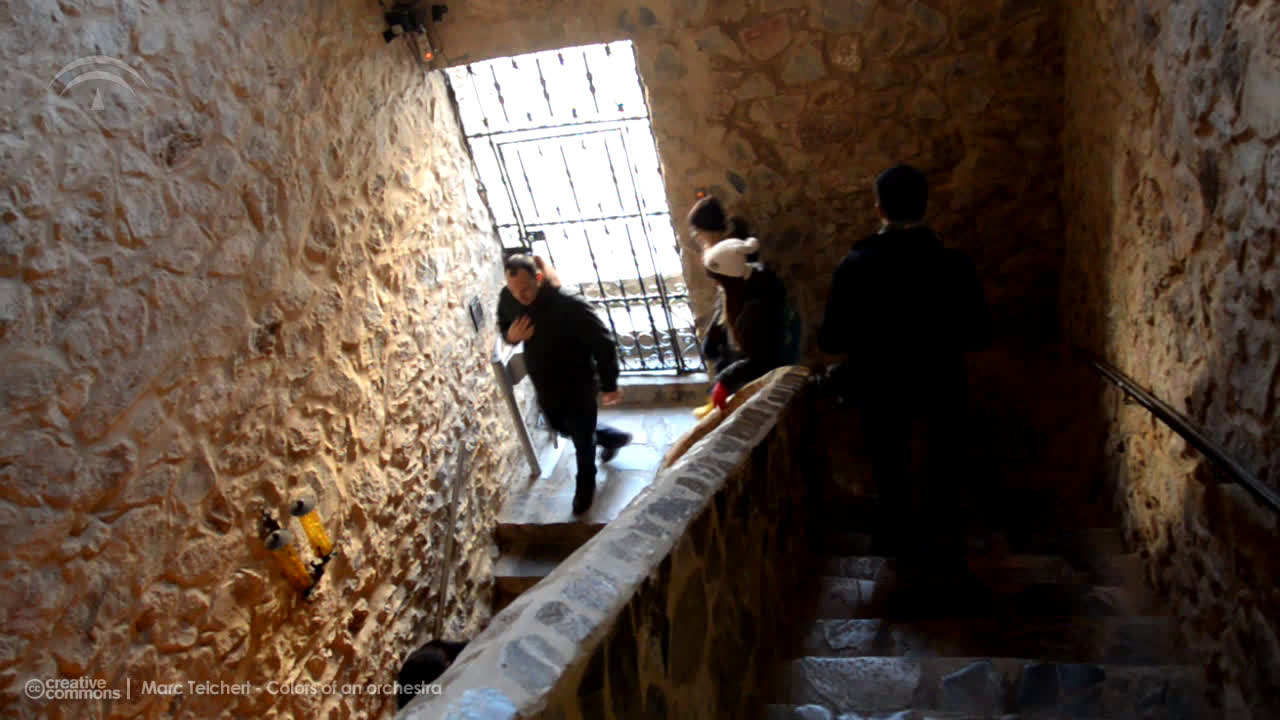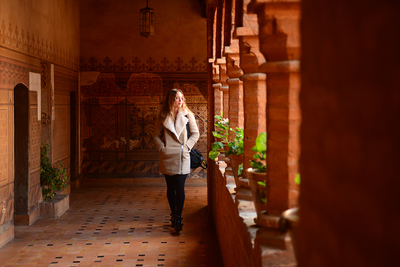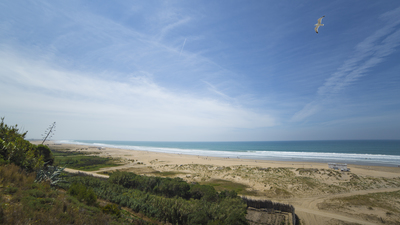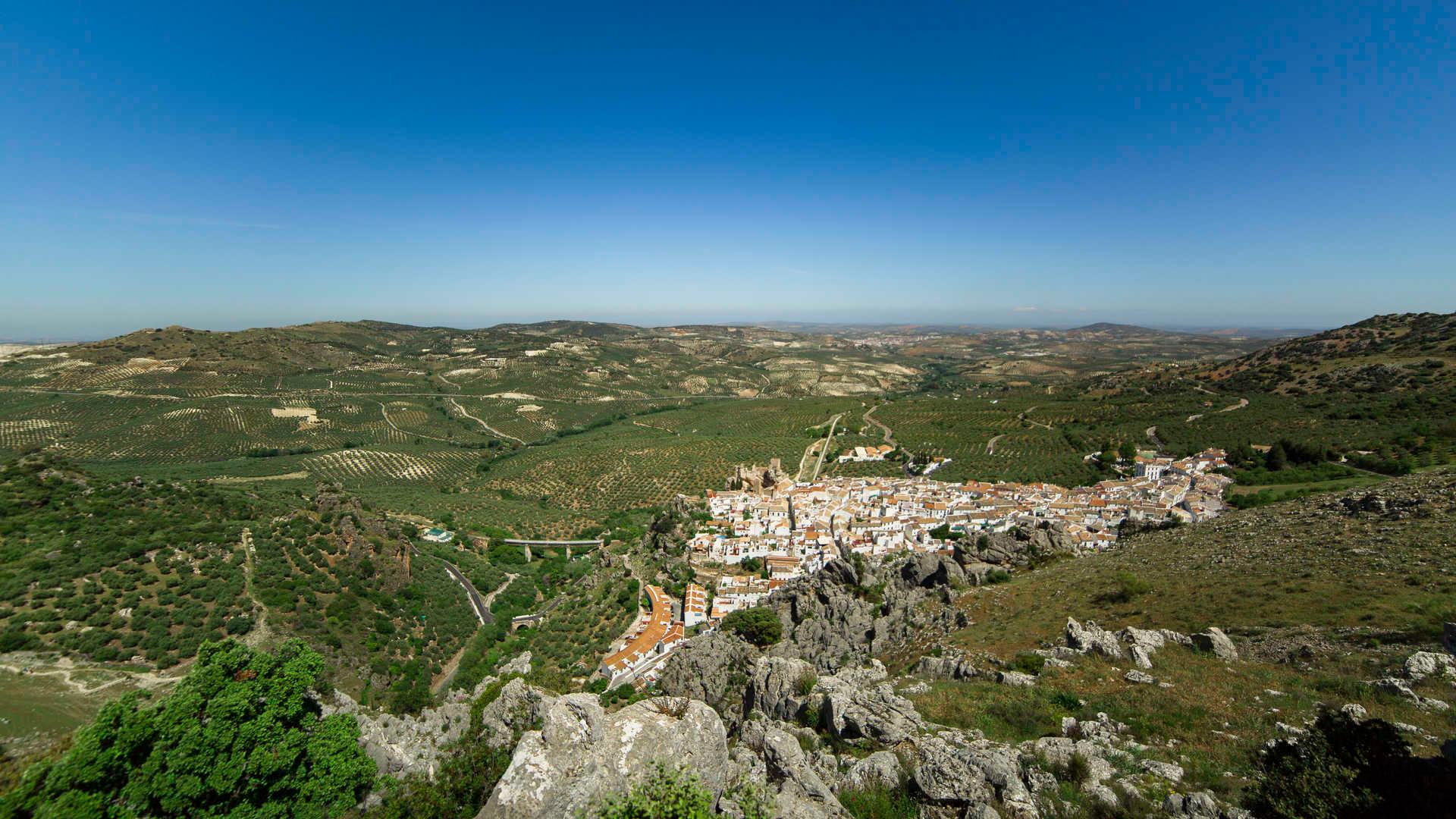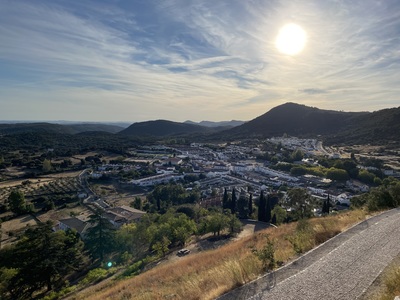Cabo de Gata Salt Flats
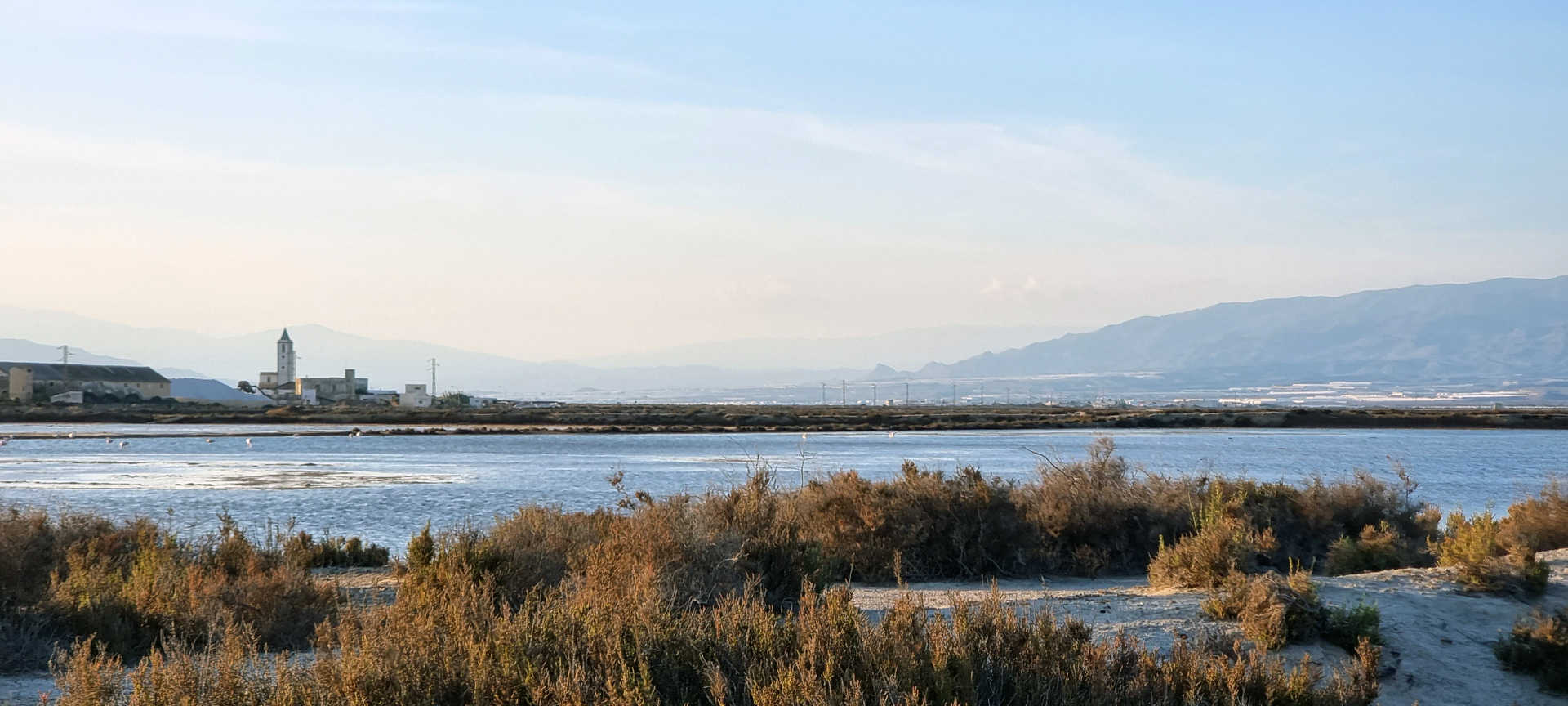
This anthropised landscape covers an area of 400 hectares and is the only salt flat in eastern Andalusia. They have been harvesting salt in La Almadraba de Monteleva del Cabo de Gata since Roman times. The process begins by filling the ponds in the lagoon with seawater and leaving it to evaporate so it leaves salt as a sediment, a material that has been highly valued throughout history.
The salt pans are not architectural structures used to search for and use light. However, we can take them into account because they are landscapes adapted by the hand of man, which need sunlight to undertake the process of evaporation and obtaining salt.
With regard to these salt flats, in the first decades of the 20th century a residential neighbourhood was built to provide housing for the workers and their families who were responsible for the salt pans and harvesting the salt. Prior to this, local fishermen were contracted who then alternated between these two jobs. But the activity became so intense that full-time workers had to be hired so a settlement and ta church had to be built. This opened in 1907 and is now one of the most recognisable symbols in the area.
It is fascinating to watch how the sunlight plays on the salt pans throughout the day. However, it is at sunset when the Cabo de Gata salt flats take on dazzling shades and colours, which also highlight the buildings in the neighbourhood as well as the mountains of salt.
The desert environment and its pale ochre colours accentuate the effects of the sun, and the thin strips of land that separate the pans produce extraordinary geometric patterns. There comes a time when the light has such a powerful effect on the retina that we only perceive the most intense oranges and all the rest are shadows that range from bluish grey to dark black.


